blackriver
New Member
Hello,
Someone from the Clayton museum directed me to this forum for some help. We recently discovered this thing in about 3 feet of water , at the end of a pond with no trail. This area of the Adirondacks was used heavily by guides in the late 1800-1940s. This canoe/rowboat is very heavy and I very much doubt anybody carried it again once it made it to this pond. We are going to go back and see if we can find the seats, it barely came out of where it settled. It has some sort of lap bottom, the boards on either side are one piece. It has a small keel board. It's assembled with brass or bronze screws, it has two iron oarlocks. The bow and stern were assembled with carriage bolts and square steel nuts. The bottom has some orange paint as a base layer. I know we won't get any specific info but it would be nice to know if this construction was common at some point so we could date it or have some idea of its importance.
Thank you, Jim
Someone from the Clayton museum directed me to this forum for some help. We recently discovered this thing in about 3 feet of water , at the end of a pond with no trail. This area of the Adirondacks was used heavily by guides in the late 1800-1940s. This canoe/rowboat is very heavy and I very much doubt anybody carried it again once it made it to this pond. We are going to go back and see if we can find the seats, it barely came out of where it settled. It has some sort of lap bottom, the boards on either side are one piece. It has a small keel board. It's assembled with brass or bronze screws, it has two iron oarlocks. The bow and stern were assembled with carriage bolts and square steel nuts. The bottom has some orange paint as a base layer. I know we won't get any specific info but it would be nice to know if this construction was common at some point so we could date it or have some idea of its importance.
Thank you, Jim
Attachments
-
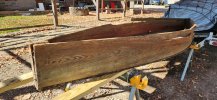 20231003_141933.jpg223.1 KB · Views: 364
20231003_141933.jpg223.1 KB · Views: 364 -
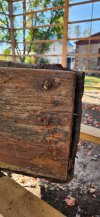 20231003_141920.jpg160.4 KB · Views: 308
20231003_141920.jpg160.4 KB · Views: 308 -
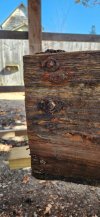 20231003_141916.jpg153.4 KB · Views: 306
20231003_141916.jpg153.4 KB · Views: 306 -
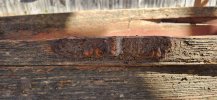 20231003_141911.jpg171.5 KB · Views: 301
20231003_141911.jpg171.5 KB · Views: 301 -
 20231003_141906.jpg169.1 KB · Views: 324
20231003_141906.jpg169.1 KB · Views: 324 -
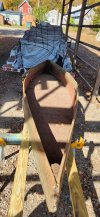 20231003_141902.jpg215.4 KB · Views: 326
20231003_141902.jpg215.4 KB · Views: 326 -
 20231003_141900.jpg208 KB · Views: 312
20231003_141900.jpg208 KB · Views: 312 -
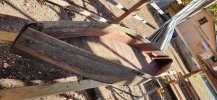 20231003_141853.jpg230.9 KB · Views: 332
20231003_141853.jpg230.9 KB · Views: 332 -
 20230930_155306.jpg195.7 KB · Views: 327
20230930_155306.jpg195.7 KB · Views: 327 -
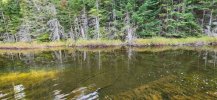 20230930_155313.jpg258.8 KB · Views: 324
20230930_155313.jpg258.8 KB · Views: 324
